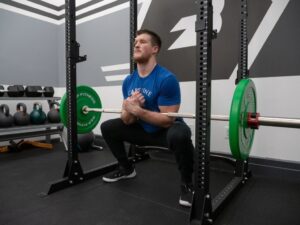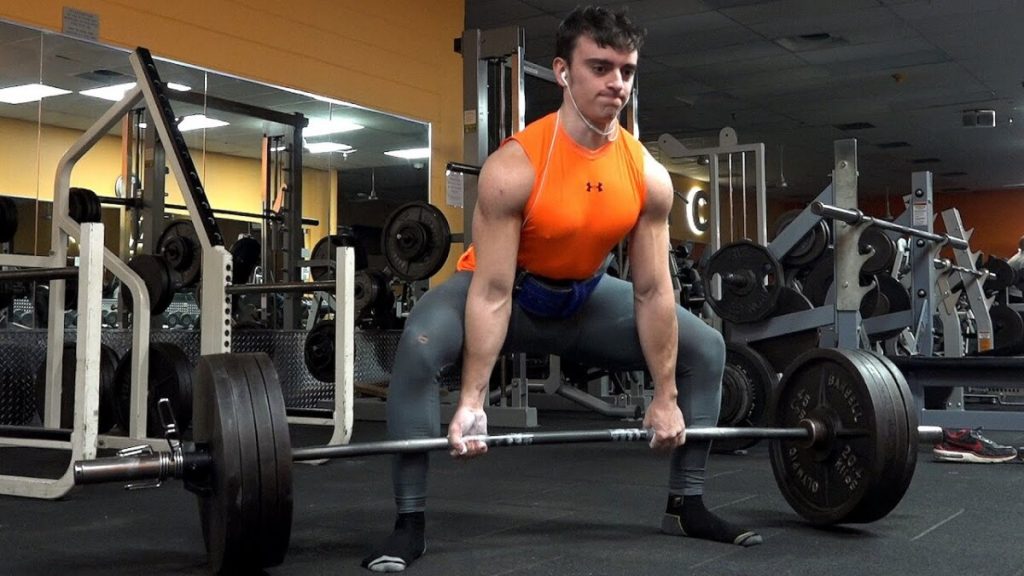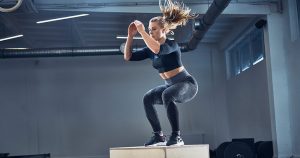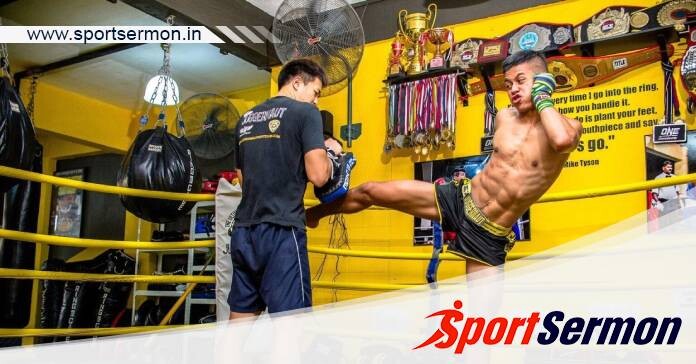Lower Body Muay Thai Exercises: If you want to rule the ring in Muay Thai, you must possess strong knees and kicks. Muay Thai is primarily rated on effect, as opposed to other striking sports where the number of shots made determines the event winner. That is, for your techniques to be considered, your opponent must sustain damage as a result of them.
It makes sense that fighters all over the world have incorporated strength and conditioning practices into their weekly training regimens in order to gain a competitive edge, given the importance of power and damage in the ring. Unfortunately, it may be difficult to determine whether workouts will help or hurt your kicking technique because there are so many options and so many personal trainers offering conflicting advice.
Fortunately for us, a number of the best Muay Thai athletes have already acquired the assistance of specialised instructors who can provide routines tailored specifically for the sport. We located one of the industry’s top players, Nat Robinson, and sought his opinion on the matter. Nat has coached some of the most successful Nak Muays in contemporary Muay Thai, including multiple world champions like Liam “The Hitman” Harrison of Bad Company, Josh Hill, Dan McGowan, and Jordan Watson. Thus, no one is more qualified to provide you with advice on this topic.
In this post, we’re going to move the emphasis to the lower body and outline Nat’s top 3 workouts for generating major knee and kick power.
Without further ado, let’s examine the top 3 workouts you may perform to improve your Muay Thai skills.
The Top 3 Lower Body Muay Thai Exercises
1) Zercher Squats

Nat declares at the beginning of our conversation, “In my playbook, the Zercher Squat takes centre stage.” Not only does the Zercher Squat demonstrate strength, but it also lays the groundwork for power, particularly in tight-quarters clinches. A champion’s performance is defined by their explosive shots, which are fueled by their strong legs and core.
Although the back squat is an excellent exercise for strengthening your legs, the Zercher variant is the best for developing your physique for Muay Thai. The forward position of the bar encourages all of your core muscles to contract with every lift, in addition to strengthening your legs and developing the muscles you need for strong kicks and knees. After only a few repetitions, it’s easy to envision yourself caught in a clinch struggle with your opponent battling tooth and nail to pull you off balance. If you’re not cautious, the weight will drag you over.
Similar to how you would if you had your opponent locked into a top lock, cradling the bar in your arms compels you to use your shoulders, biceps, and back muscles. Considering all of this, it becomes clear why Nat characterises the Zercher as “a performance enhancer created especially for the arena—not just an exercise.”
You might also be interested in reading this: The Complete Guide For Muay Thai Spear Knee
2) Sumo Deadlifts

The traditional posterior chain-building exercise is adapted into the sumo deadlift, which is an ideal workout for Muay Thai performance. For building your lower back, glutes, and hamstrings, there’s nothing wrong with the time-tested classic, but Nat recommends this workout because of the lateral displacement it places on your hips. Achieving a complete range of motion throughout these repetitions will expand your hips, improving your mobility and range of motion. This will improve your roundhouse kick technique and power transition as you spin through your opponent.
Now, if your Muay Thai kick is so sluggish that someone can see it coming a mile away, all of your strength is useless. If you want to deliver those kicks with bone-crushing power, you have to combine speed and power.
This takes us to yet another reason why Nat recommends the Sumo Deadlift for strength and fitness in Muay Thai. The exercise can be changed for “accommodation resistance training.” a type of weightlifting where speed is produced by focusing on explosive repetitions and adding bands or chains to the exercise. Try adding bands to this exercise and blast through each rep if, by the time you get your shin over your waist, your opponents have already gone well out of range.
3) Box Jumps

You can’t undervalue the conventional box leap when it comes to speed and the desire to build explosive power through your knees and kicks. The basis for increasing power and speed via your lower body is this ballistic action.
Additionally, box leaps are quite adaptable. You may easily reduce the height of your leap if you’re new to the exercise to anything as modest as the height of a single barbell plate. You may increase the difficulty by changing the height of your box or piling plates on top of it if you are an explosive dynamo who can already jump knee-deep through your opponent’s head.
Athletes who suffer from injured knees, hips, or ankles can also benefit greatly from box jumps. This is because using body weight in conjunction with the wide variety of “soft” boxes found in most gyms lets you maximise your speed training without constantly bearing down on your hurting joints.
To sum up
While Muay Thai players have no shortage of lower body workouts to choose from and strength instructors eager to recommend them, it is advisable to collaborate with seasoned trainers who can provide conditioning regimens tailored to the demands of your particular discipline. Nat Robinson’s top 3 lower body Muay Thai exercises are an excellent place to start if you want to increase the pace and power of your kicks. Adding the Zercher Squat, Sumo Deadlift, and Box Jump to your weekly training regimen will increase your strength, speed, and flexibility while also optimising your performance in the ring.

